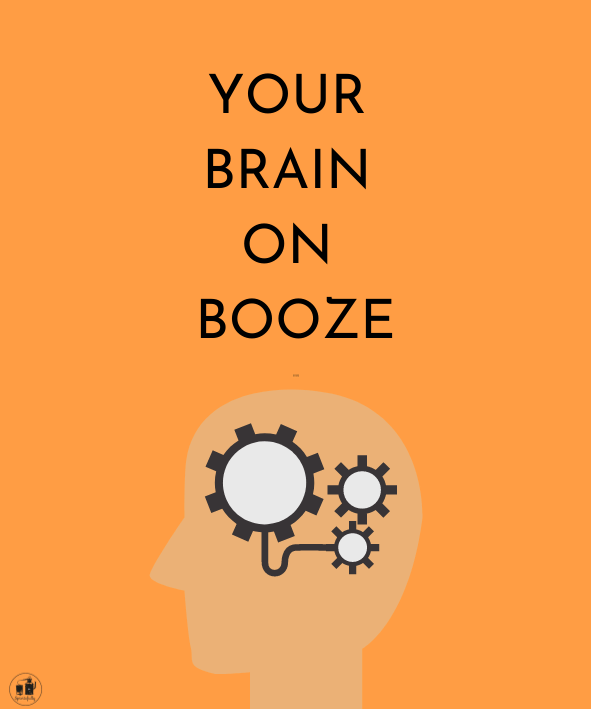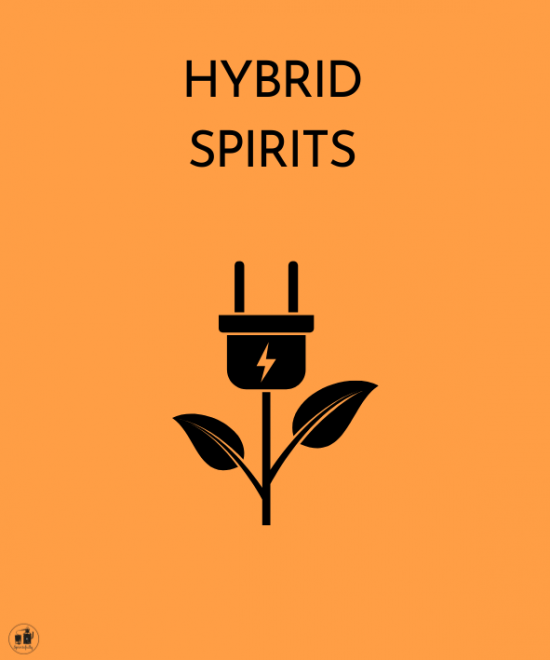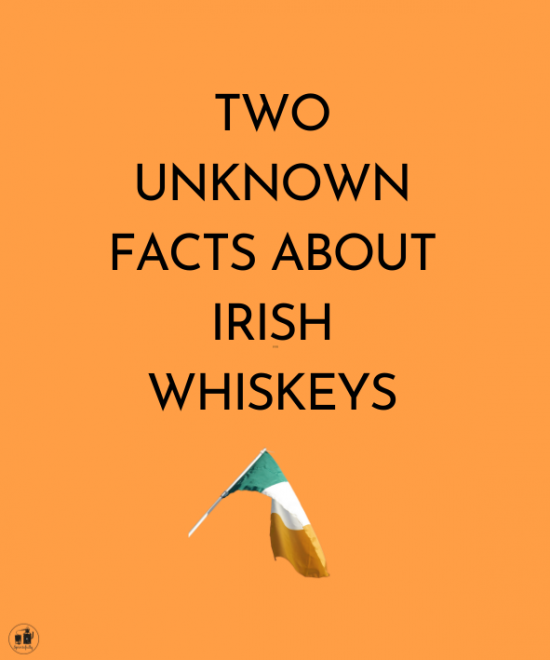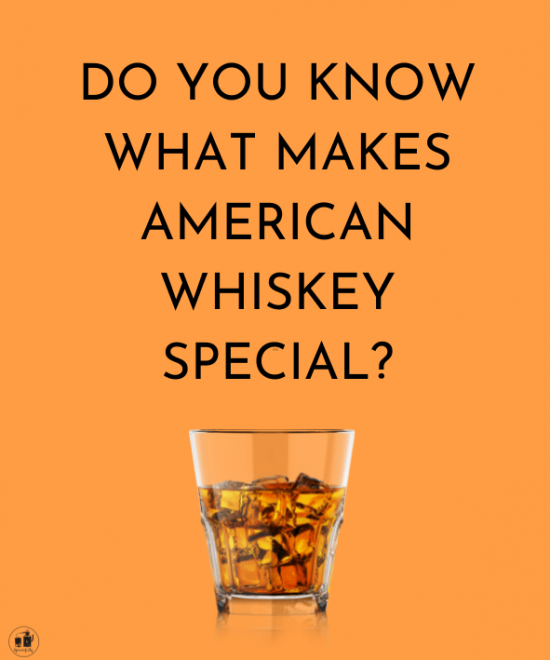Several parts of the brain are affected when you drink, because of the effect of ethanol. Ethanol is only one of several types of alcohol, but the only type that is found in alcoholic beverages.

Made of molecules, to put very very simple, ethanol interacts with the other molecules of your body, and most of all with the central nervous system.
The central nervous system is made of the brain, the spinal cord, and the nerves that come from it and is responsible for, senses, motor function, thinking, understanding, emotions and reasoning.
When you drink, the alcohol follows that path (look at that cute drawing found on that website.
Let’s follow the drawing and the many steps:
Mouth: alcohol enters the body.
Stomach: some alcohol gets into the bloodstream in the stomach, but most goes on to the small intestine.
Small Intestine: alcohol enters the bloodstream through the walls of the small intestine. (Alcohol is a very small molecule and is soluble in “lipid” and water solutions. Because of these properties, alcohol gets into the bloodstream very easily and also crosses the blood brain barrier.)
Heart: pumps alcohol throughout the body.
Brain: alcohol reaches the brain.
Liver: alcohol is oxydized by the liver (0,10 gr an hour, the average person will take about an hour to process 10 grams of alcohol, which is the amount of alcohol in a standard drink).
So if you drink alcohol faster than your body can process it, your blood alcohol level will continue to rise.Alcohol is converted into water, carbon dioxide and energy.
When alcohol first reaches the brain, it makes nerve cells in the brain less excited, causing them to slow down. Why? What is actually happening here? Actually it is that ethanol enhances the effects of your GABA receptors (GABA stands for gamma aminobutyric acid), the GABA’s role is to reduce excitement, to slow down the functioning of the body. This is why some get that sleepy feeling. In fact, it’s the nervous system that’s suddenly attenuated. In other words GABA are the major inhibitory neurotransmitter in the brain. The substance also directly affects a number of other neurotransmitter systems including those of glutamate, glycine, acetylcholine, and serotonin, which we will not cover here.
The pleasurable effects of alcohol ingestion are the result of increased levels of dopamine and endogenous opioids in the reward pathways of the brain. Indeed at the same time that alcohol reaches the brain, it is in contact with other molecules including dopamine, the famous reward molecule. That’s why drinking can seem rewarding, and also provokes a feeling of joy.
As we wrote above, after the ethanol reached the brain it goes to the liver. Then it becomes another story. With a more and less nicer outcome according to the way, the speed (etc…) you drink…




